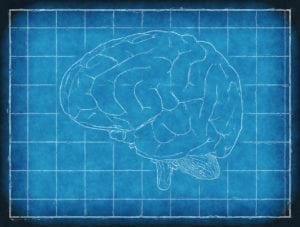Oligodendroglioma
What is oligodendroglioma?
Oligodendroglioma is a rare form of tumor that grows in the brain or spinal cord. Tumors form from oligodendrocytes, a type of cell responsible for producing a protective substance for nerve cells.
These tumors typically impact those between the ages of 35 and 44, although they can affect anyone. White, non-Hispanic people are at the highest risk.
What are the symptoms of oligodendroglioma?
Symptoms include:
- Headaches
- Seizures
- Weakness
- Numbness
- Issues with thinking and memory
- Disability in the part of the body controlled by the area of the brain/spinal cord affected by the tumor
What causes oligodendroglioma?
Medical professionals are unsure as to the cause of these tumors, although research has linked them to exposure to radiation and certain genetic mutations.
How is oligodendroglioma diagnosed?
A number of tests are used to diagnose this cancer, such as neurological exams, MRIs, PET scan, CT scans, and biopsies.
What are the treatments for oligodendroglioma?
There are a number of treatment options for this tumor, and the major one is surgery to remove the tumor. Other choices include radiation therapy, chemotherapy, clinical trials, and palliative care.
Where can I find out more about oligodendroglioma?
Oligodendroglioma Articles

New Podcast Episode: Rare Cancer, Finances and Families, Featuring Tony Laudadio of the Tony Foundation





Zotiraciclib, a New Treatment for Glioma, is Granted Orphan Drug Designation




